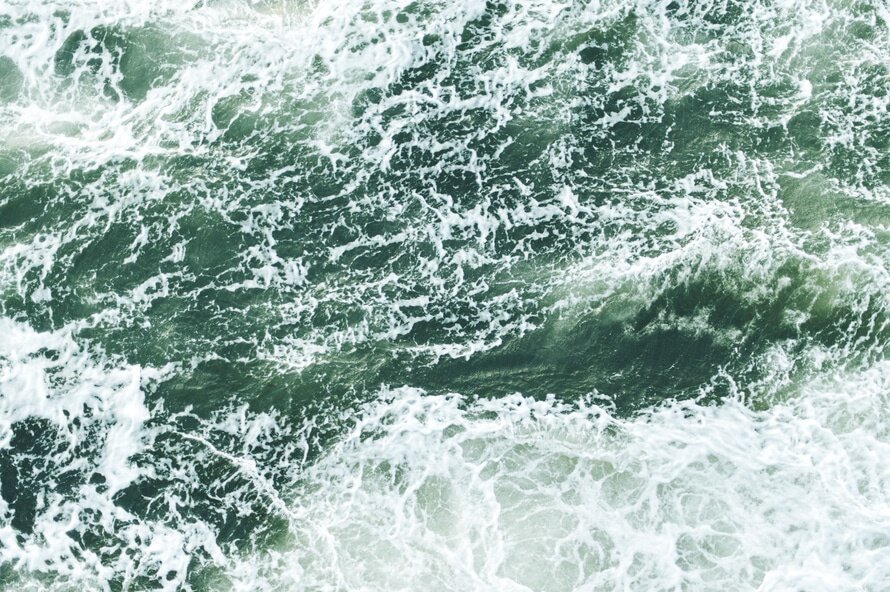Hydration and Hot Yoga
I remember my first hot yoga class -- in between my shaky eagle pose and folding up my shirt sleeves and pant legs, I was sweating like crazy and drinking my weight in water. Thankfully five years later, I've become used to the heat, I wear a comfortable pair of shorts and tank top, and I always make sure my hydration status is on point... my eagle pose still needs some work though.
For every hour of exercise we partake in, our bodies require about 600-1000mL of fluid. The amount that we lose depends on how much we sweat, the air temperature and humidity. If we're losing more water than we've taken in throughout the day and not taking anything in during exercise, we become more prone to dehydration.
There are three stages of dehydration – mild, moderate, and severe. The basic signs of dehydration are dry lips and mouth (usually happens because of mouth breathing), thirst and low urine output. Symptoms of dehydration include thirst, general discomfort, headache, dizziness, nausea and cramping.
Many factors contribute to sweat loss: genetics, gender, body size, fitness, environment and intensity. Men have more sweat glands than women and therefore sweat more. Sweat losses increase in hot and humid conditions and well as in intense exercise. When we practise in high temperatures, it takes about 7-10 days for our bodies to acclimate to the heat. Salt loss is also higher in the heat, but will eventually acclimate as well.
When we practise in the heat, we’re more prone to dehydration because of the air temperature and humidity. When we lose about 2% of our body weight through sweat, our performance may become impaired because we’re running out of fuel and fluid – and we’ll begin to notice gut problems like nausea and vomiting. Therefore, it’s best to listen to our bodies during practise – if we need to pause during dancer’s pose and sip some water, or move into child's pose do it! Our bodies aren’t designed to handle dehydration, so we should ingest small amounts of fluid periodically throughout our practice.
Ideally, after we finish our practice, we should be replenishing about 150% of what we’ve lost over the next 2-4 hours. During this time our bodies will continue to sweat and we’ll experience fluid loss from urine. When we sweat, we don't just lose water, we also lose electrolytes. These are ions that help regulate our muscle and nerve function. Some examples of electrolytes are sodium (the main electrolyte lost), chloride and potassium. When they have been depleted, signs like muscle twitching and weakness may appear. It's important to also refuel with electrolytes because of losses through sweat, and they encourage fluid intake and absorption. Therefore, post-practise we should be ingesting water and snacking on something that contains salt because it will help our body retain water and prevent dehydration.
There's such a thing as drinking too much water, so we want to make sure that we’re not gaining our weight in water during practise. To help prevent drinking so much, it’s best to ensure that we’re hydrated before practice. Keeping a bottle of water around the work area will encourage drinking throughout the day, and if plain water isn’t for you – adding fruit or herbs or even drinking herbal tea will help disguise the taste!
Part 2: Snacking and Hot Yoga
Part 3: Muscles and Hot Yoga
Part 4: Detoxification and Hot Yoga

